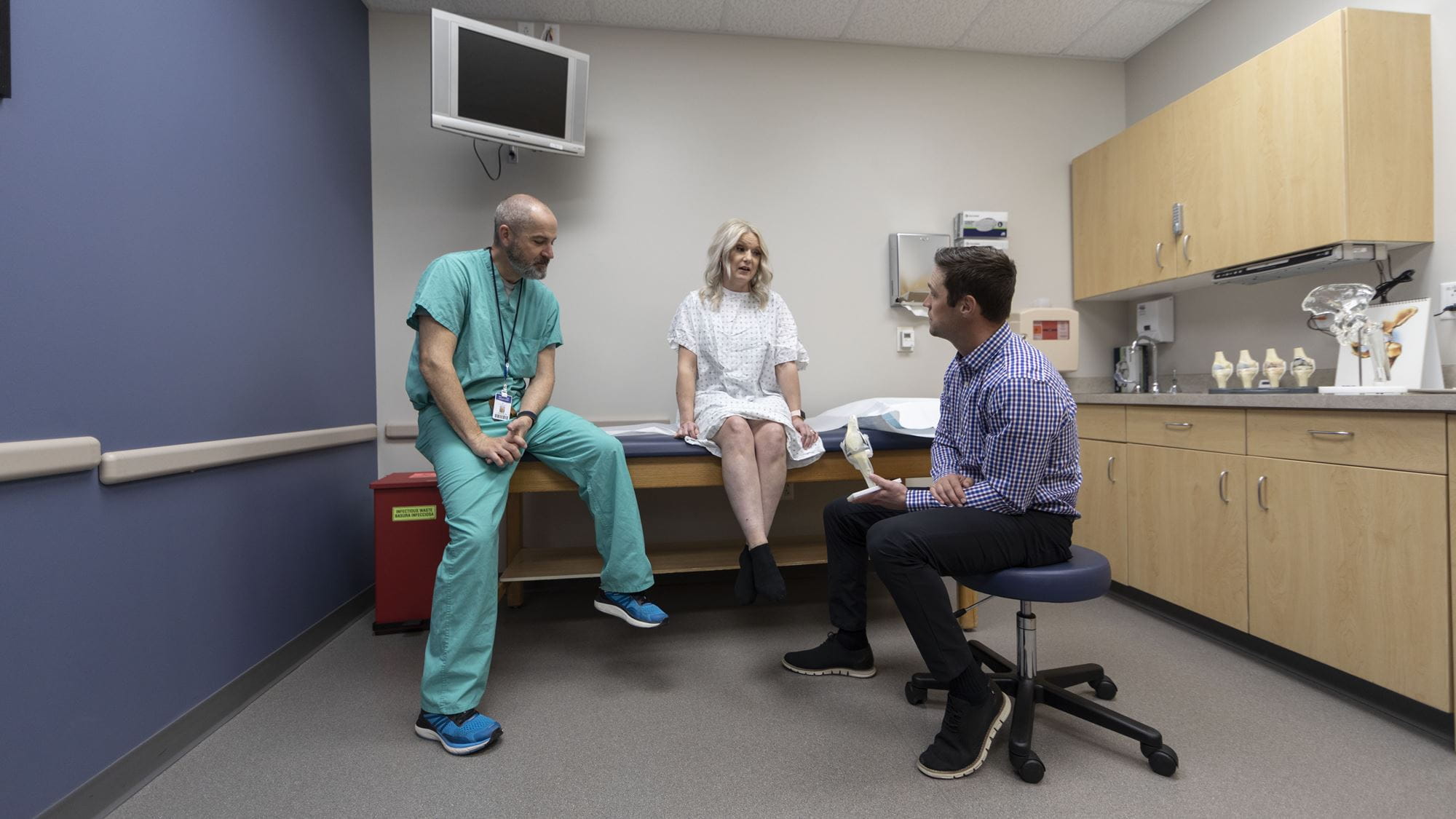What is a Patellar Fracture?
A patellar fracture can be a complete break or a partial one. Often when the patella is fractured, the quadriceps tendon that runs behind the patella may also be strained or torn.
Patellar fracture happens most often in males, usually in middle-age, and is often the result of applied force from a direct blow, a fall, or some other sort of trauma. It can occur in athletes because of stress due to repetitive movement, but this type of fracture is less common.
Symptoms
A patellar fracture can cause symptoms that are like other fractures, which may include the following:
- Sudden knee pain
- Difficult moving or walking
- Swelling in the knee
- Deformity of the knee
- Warmth or redness in the area of the fracture
- Bruising
- Areas that are tender to the touch
Causes
While most patellar fractures are the result of some sort of trauma to the knee, there are a few other kinds of injuries that may cause or contribute to a broken kneecap, including:
- A fall or motor vehicle accident
- A direct blow to the knee
- Stress from repetitive motion
- Conditions like osteoporosis, which weaken bones throughout the body
Diagnosis and Tests
If you suspect you have a broken kneecap, your doctor may conduct a series of tests to determine the severity of your injury and the extent of the fracture. These may include the following:
- Physical exam
- X-ray
- MRI
If your doctor suspects other underlying conditions may have contributed to the fracture, there may be additional blood or urine tests recommended. The tests your doctor suggests will depend upon your age, symptoms, your medical history, and your preference.
Treatments & Prevention
Treatments
A patellar fracture is a serious injury that will require some combination of the following treatment methods:
- A cast or brace for 4-6 weeks
- Surgery
Depending on other complications from your injury, your doctor may recommend the following home care treatments:
- Ice or heat therapy to reduce swelling and control pain
- Pain medication and anti-inflammatories like ibuprofen, naproxen, or aspirin
Depending on the severity of your fracture and the recovery time, your doctor may also recommend physical therapy to regain full use of your knee and improve outcomes after surgery.


